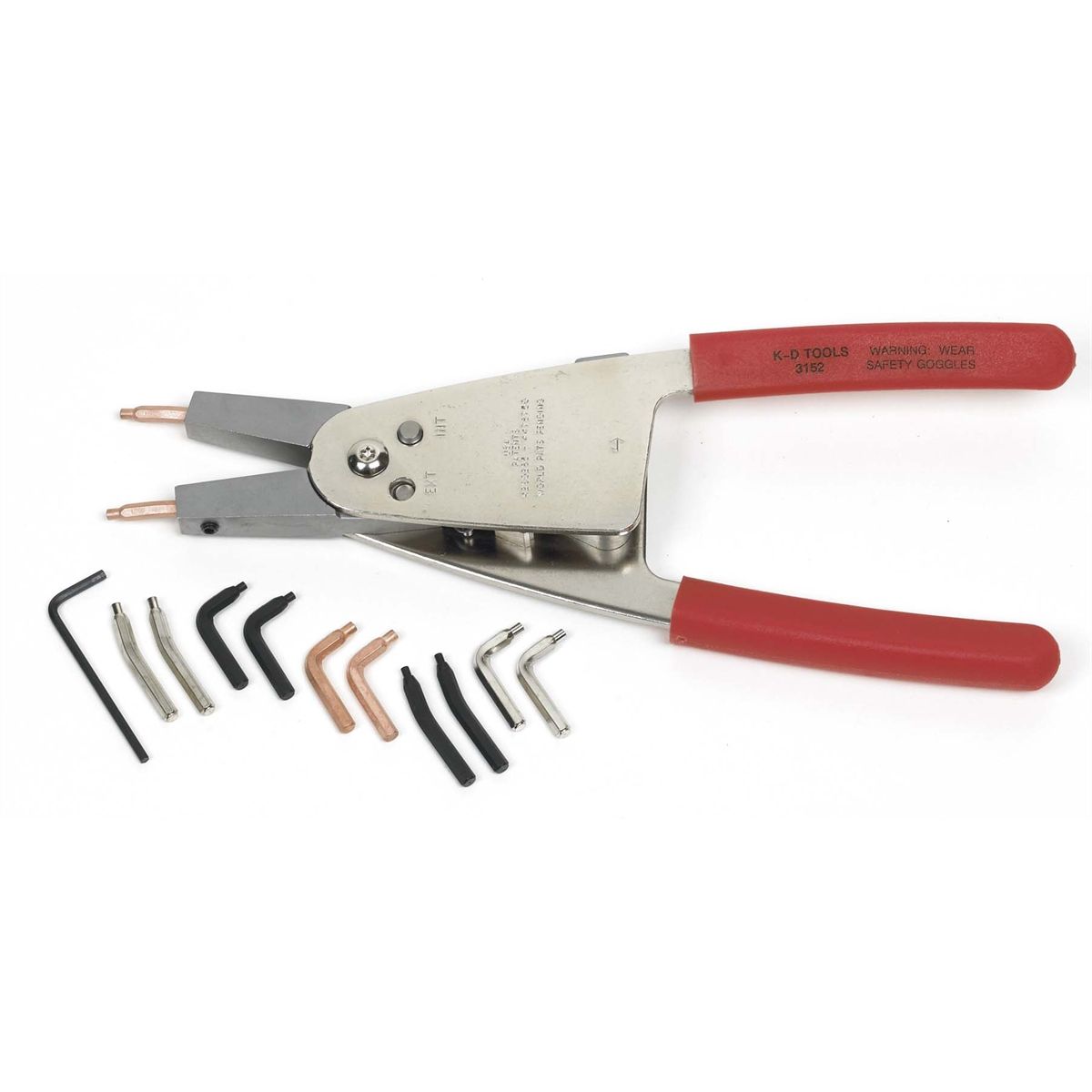
Advantage is taken of the ring’s spring characteristics, but in the ring’s own plane. It can be pushed into the groove from the side of the shaft and will exert axial pressure against the retained part.īeveled rings serve essentially the same purpose but they work on a different principle. In Figure 7 the ring is a basic E-type, bowed over what is shown here as its horizontal axis. There are also retaining rings that combine the features of radial installation with endplay take-up. Bowed rings produce a compressive force to reduce chatter and vibration. However, precision loading is not the only design goal for their use. Because of their resiliency, bowed rings will “follow” any axial movement of the retained part within the limitations of the bow height.

The flatter rings indicate that the retained parts were slightly longer and the rings adjusted themselves to this condition. In the two illustrations at the left in Figure 6, compression is minimal, whereas on the right both rings are flatter.

It follows then that when the ring is flattened either partially or completely, it exerts counter-pressure in much the same way as a spring, taking up endplay. The bowed rings (Figure 6) can be flattened under pressure and will return to their set height when pressure is released. Most retaining rings are made from spring materials and are heat-treated to retain their resiliency. Retaining rings can also be used to compensate for accumulated tolerances or wear in the assembly, and also to exert pressure against the retained parts. Since rings most often fail due to deflection, design examples are given to show how conditions affect capacity thrust. The edge margin–which is the distance of the groove from the end of the shaft or housing–has been calculated to provide sufficient material to resist shearing even under maximum loads (See Figure 1). Groove depth should be held to specifications because the depth and the groove bottom radii determine the amount of support the load bearing groove wall will provide. Both groove walls should be parallel and perpendicular to the axis of the shaft or housing. Just as a screw needs a correctly tapped hole, retaining rings need properly cut grooves for best performance.

Knowing which ring to use in a given fastening situation can greatly contribute to the overall effectiveness and economy of a design. One style of non-threaded fastener that has been widely used to accomplish these goals is the retaining ring. This competitive mandate affects every facet of the design, including the fasteners needed to hold components in place. Design engineers are challenged daily to come up with economical designs that reduce weight, size, raw materials, and labor.


 0 kommentar(er)
0 kommentar(er)
